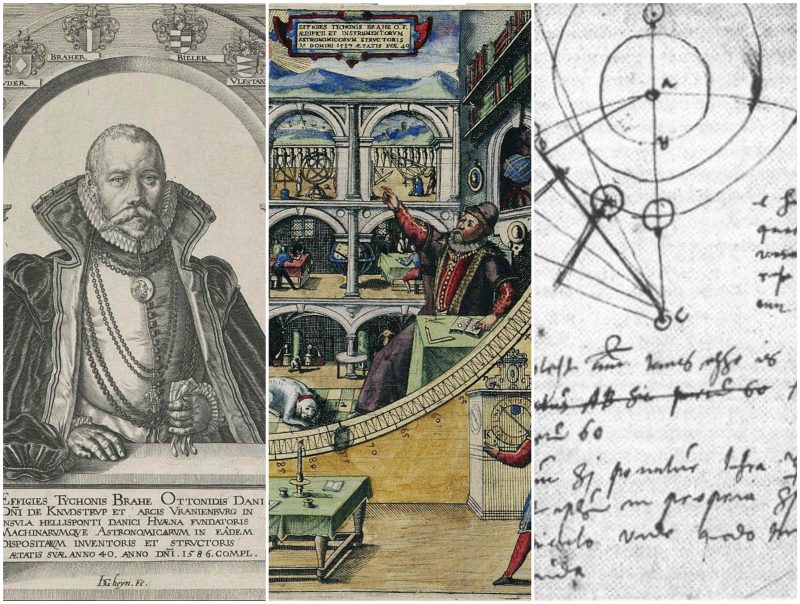Even the greatest of minds make the most stubborn mistakes, some even at the cost of their own lives. Tycho Brahe was one such man. An astronomer, alchemist, and nobleman, he was known for his observations and instruments that were critical in the understanding of the universe. The nobleman’s research was five times more precise than the other astronomers’ measurements at the time, but the mistake that caused his untimely death was surprisingly foolish and careless for the likes of such a brilliant mind.
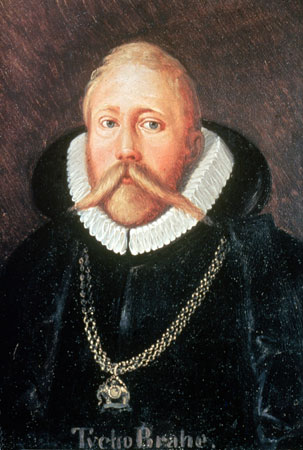
Tyge Ottesen Brahe (14 December 1546 – 24 October 1601) was born in Denmark. He began his studies first in Latin, Law, and Philosophy, but quickly turned his attention to astronomy when he saw a partial eclipse of the sun on August 21, 1560. Fascinated by the spectacle, he full-heartedly decided to study astronomy and he has been described as “the first competent mind in modern astronomy to feel ardently the passion for exact empirical facts.”
He was an heir to many noble Danish families, and had a chance for a sophisticated education and upbringing. With a combination of proper schooling, very rich relatives, and his talent for astronomy, his research and work led to major scientific contributions and progress in the field of astronomy. His observations of the supernova in Cassiopeia landed him respect in the field.
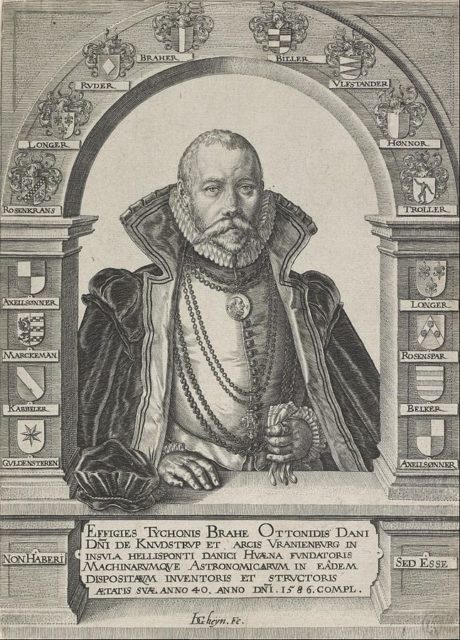
His work was focused on developing more accurate instruments of measurement. Brahe created his own geometric solar system (despite the disagreements from his assistant, the soon-to-be famed astronomer Johannes Kepler, whom he took under his wing) combining the Copernican and the Ptolemaic system, even though he wasn’t much of a fan of the Copernican system, he regarded it as far superior in comparison to the other models of the time. He correctly saw the Moon orbiting the Earth, but was wrong about the Sun orbiting the Earth.
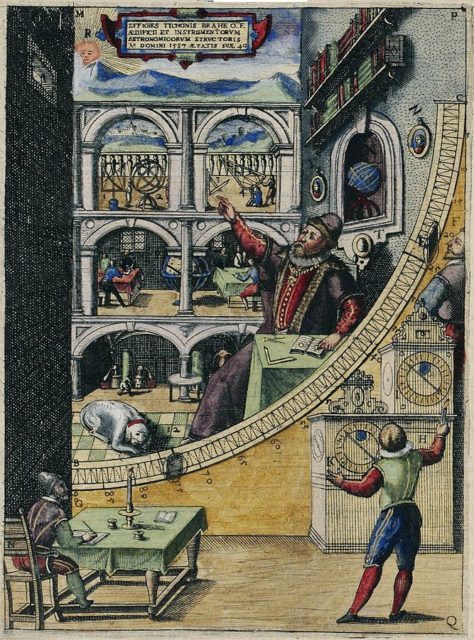
As a last of the major “naked eye astronomers” that worked without telescopes for observation, he founded the Uranaborg Institute on the Island of Hven (where he also had an alchemy lab) and was granted an estate on the island which, reportedly, cost 5% of the entire GNP of Denmark, the most expensive of the time. There he funded his work and built large astronomical instruments and measuring devices. Brahe even had lavish parties, since he owned a staggering 1% of Denmark’s national treasury.
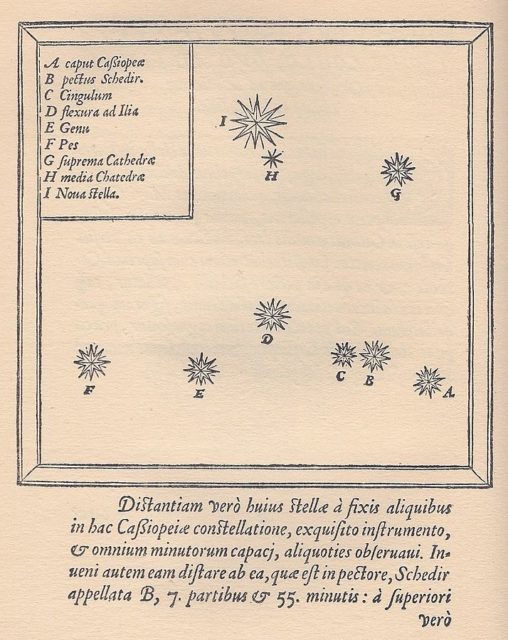
He was later exiled, and he built an observatory at Benátky nad Jizerou. There, from 1600 until his death in 1601, he was assisted by Kepler, who later used Tycho’s astronomical data to develop his three laws of planetary motion.
The peculiar death of the astronomer may still be a mystery. He was attending a banquet in Prague, reportedly hosted by a wealthy aristocratic family. After drinking too much during the party, he refused to go to the bathroom despite his physiological urges, thus rupturing his bladder.
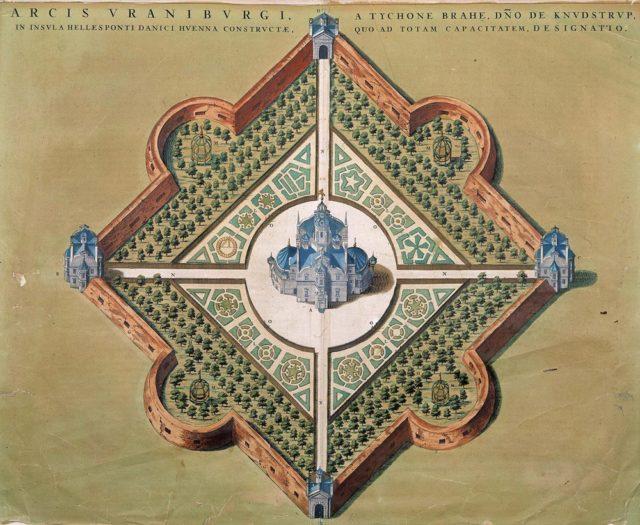
Apparently, he kept holding in and could not get up from the table to relieve himself, carefully trying not to insult the wealthy family, since people that are present at the table must not get up before dinner is finished, as it is a breach of etiquette. Brahe’s bladder surely must have been of astronomical proportion before it burst, actively trying to appease courteous etiquette rather than surrendering to biological urges.
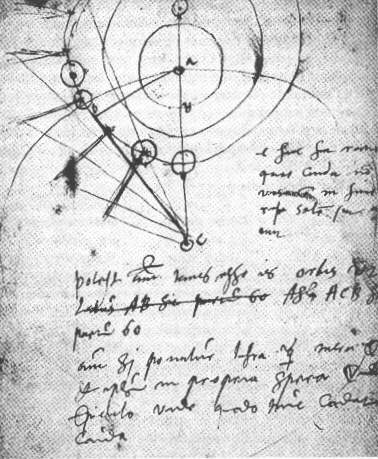
This would have been a noble display of moral courtesy if it wasn’t for the excruciating pain in his stomach. He could not urinate properly, felt constant writhing pain and kept trying to convince Kepler to adopt his planetary system to no avail. Tycho Brahe died in agony, eleven days later, on 24 October 1601, at the age of 54 and he wrote his own epitaph: “He lived like a sage and died like a fool.”
There have been speculations that the unfortunate astronomer has been poisoned with mercury, fueling rumors that Kepler was trying to kill him in an act of jealousy or spite. Some scientists that exhumed Brahe’s grave in 1901 tried to solve the mystery once and for all but failed as there was not enough evidence. Results show that mercury concentrations in his body were not even close to high, so it’s impossible that he was poisoned in this way.
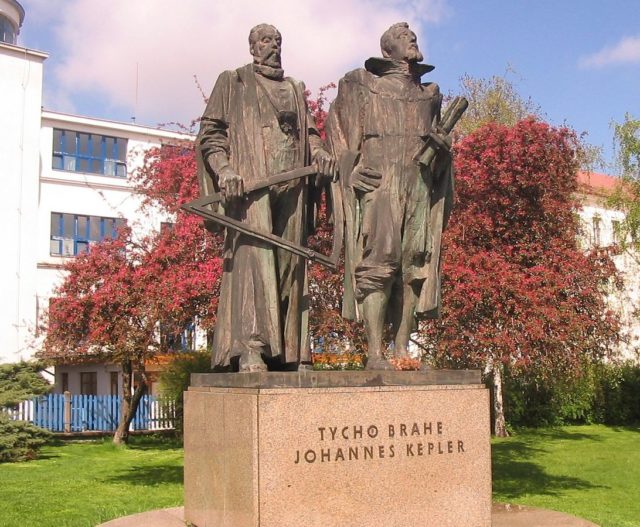
Tycho’s hopeful planetary model was discredited, but his research and astronomical observations were an essential contribution to astronomy. He was primarily an empiricist who set new standards for precise and objective measurements, although he would flip his wig if he found out that the Earth orbits the Sun. If only he answered nature’s call, who knows if he would have renounced his erroneous planetary model, done even more crucial research, invented new measuring equipment, or kept throwing lavish parties.
